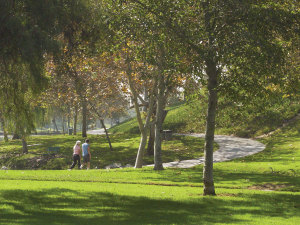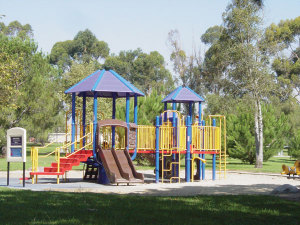 In addition to providing suitable habitat for wildlife and places to recreate, our parks also have an important economic benefit to the local and regional economy. These benefits can be quantified in terms of direct income and cost savings. Below are a few examples of both:
In addition to providing suitable habitat for wildlife and places to recreate, our parks also have an important economic benefit to the local and regional economy. These benefits can be quantified in terms of direct income and cost savings. Below are a few examples of both:
Direct Income
- The California State Parks Foundation completed a study about the economic benefits of State Parks. It found that California’s 278 state parks attract millions of tourists, who spend $4.32 billion annually in park-related expenditures. An average of $57.63 is generated for the nearby communities with each trip to a state park. Additionally, for every dollar spent, state parks generate $2.35 for California’s Treasury.
- The Trust for Public Land found that access to open space, preserved waterfronts, recreational opportunities, attractive views, and wildlife enhancement directly increase property values. Not only is the home more marketable, but the property’s value increases as well. In other words, if you live close to a park your home’s value goes up.
Cost Savings
 The Trust for Public Land’s research:
The Trust for Public Land’s research:
- Found that the creation of parkland means less intensive urban development. This directly correlates to reduced costs for public services such as water, trash, sewers, and roads. Increasing the urban footprint almost always results in increased infrastructure costs.
- Discovered that there are big cost savings on the medical front. Increased exercise in local parks has immense health benefits from lowering blood pressure to weight loss and reduced heart disease.
- As residents become more active they also build social capital and get to know their neighbors. This in turn reduces antisocial problems (gang violence, graffiti, etc.) that would otherwise cost the city and fire protection services.